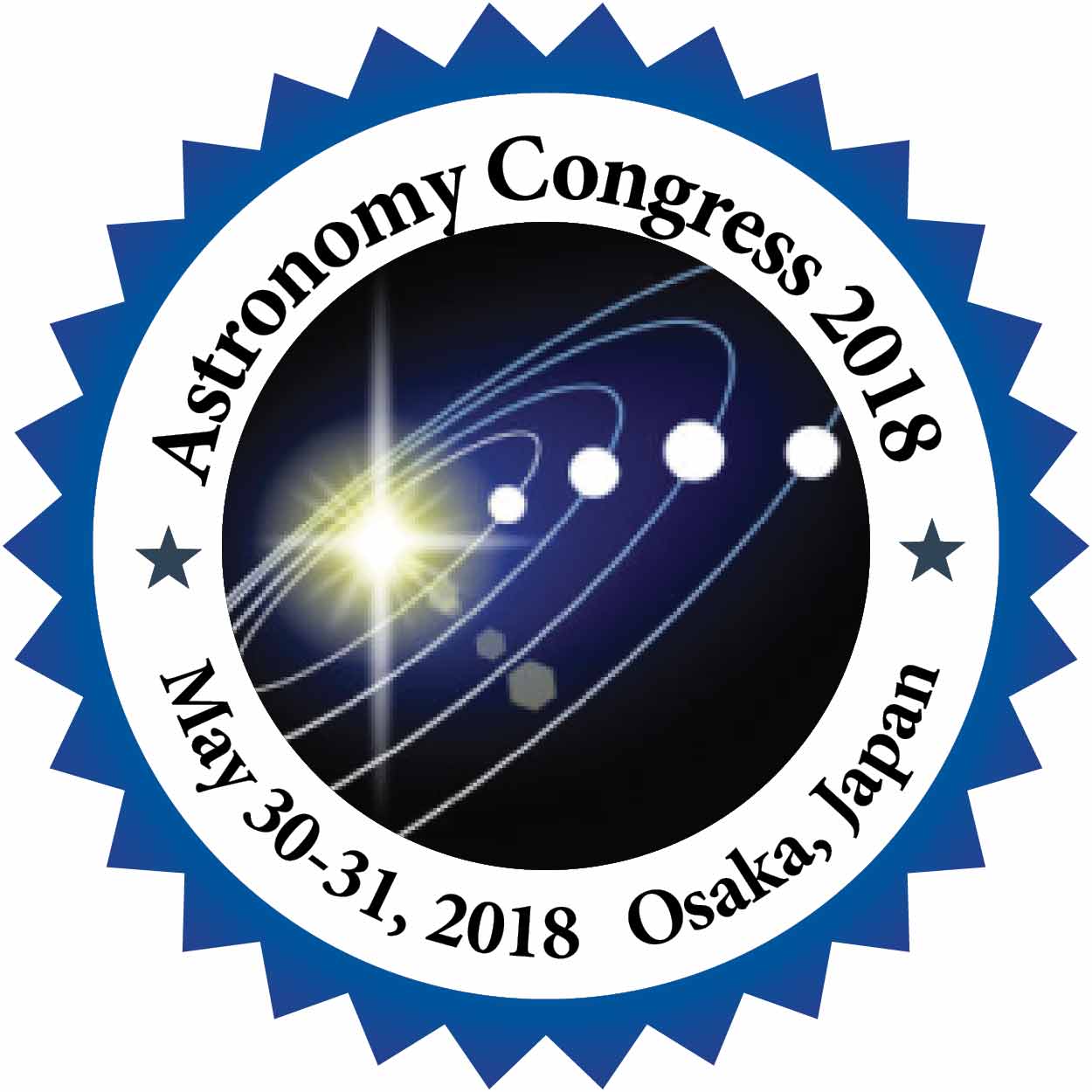
Biography
Biography: Jérôme Petri
Abstract
Most current pulsar emission models assume photon production and emission within the magnetosphere although recently some attempts were made to explain pulsed emission emanating from the striped wind. Low frequency radiation is preferentially produced in the vicinity of the polar caps whereas the high-energy tail is shifted to regions closer but still inside the light-cylinder (that is within the magnetosphere). We conducted a systematic study of the merit of several popular radiation sites like the polar cap, the outer gap and the slot gap. We computed sky maps emanating from each emission site according to a prescribed distribution function for the emitting particles made of an electron/positron mixture. Calculations are performed using a three dimensional integration of the plasma emissivity in the vacuum electromagnetic field of a rotating centered general relativistic dipole. We compare Newtonian electromagnetic fields to their general relativistic counterpart. In the latter case, light bending is also taken into account. As a typical example, light-curves and sky maps are plotted for several power-law indices of the particle distribution function. The detailed pulse profiles strongly depending on the underlying assumption about the fluid motion subject to strong electromagnetic fields. From this electromagnetic topology we deduced the photon propagation direction directly or indirectly from aberration effects. We also discuss the implication of a net stellar electric charge on to the sky maps. Taking into account the electric field in the photon propagation direction strongly affects the light-curves originating close to the light-cylinder where the electric field strength becomes comparable to the magnetic field strength. We plan to include plasma screening in the force free limit as well as some quantum electrodynamics effects and an off-centered dipole.

